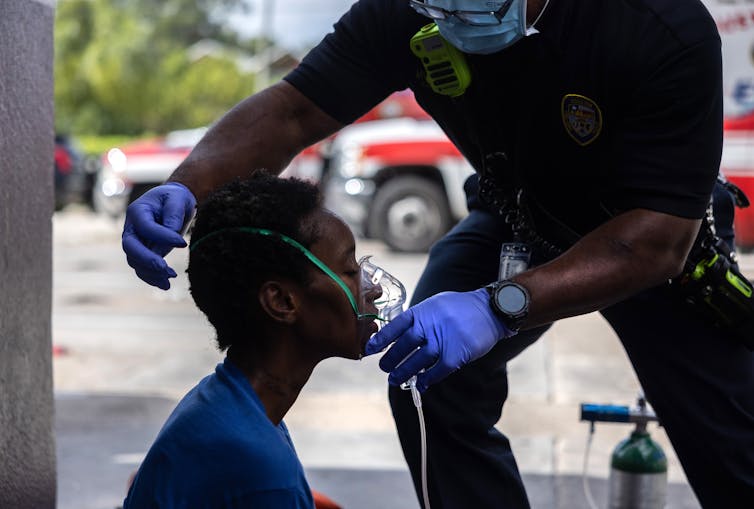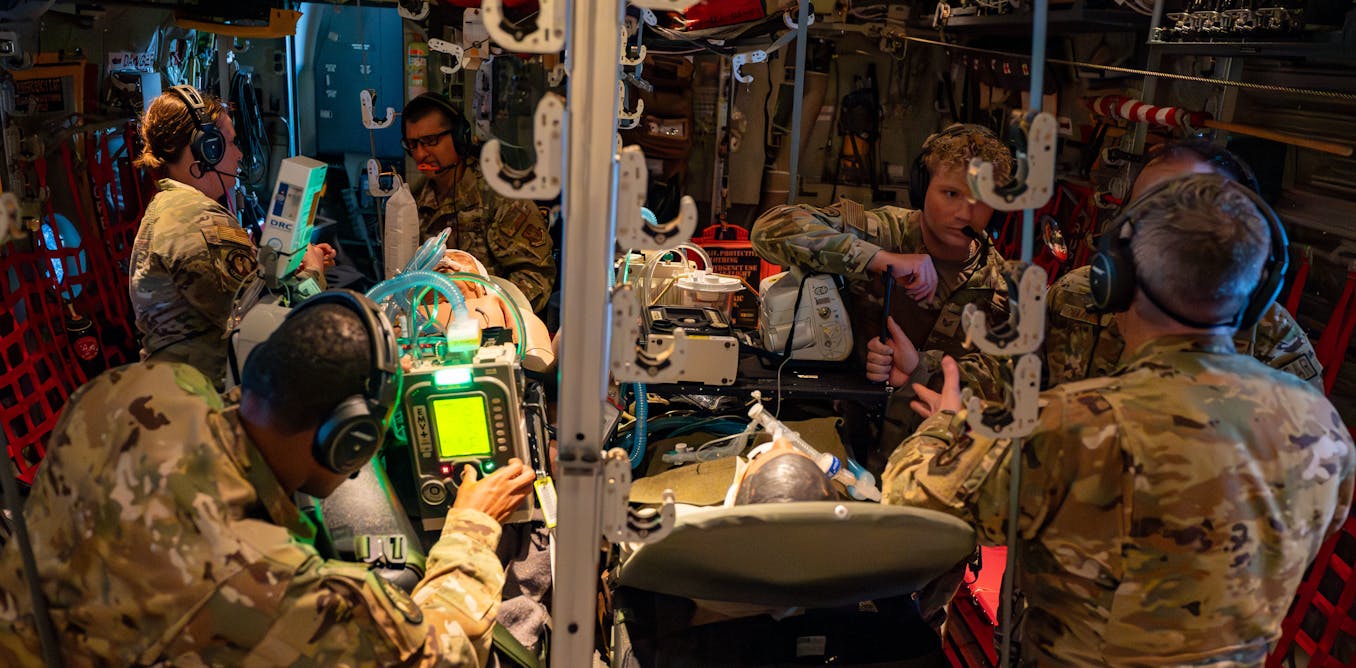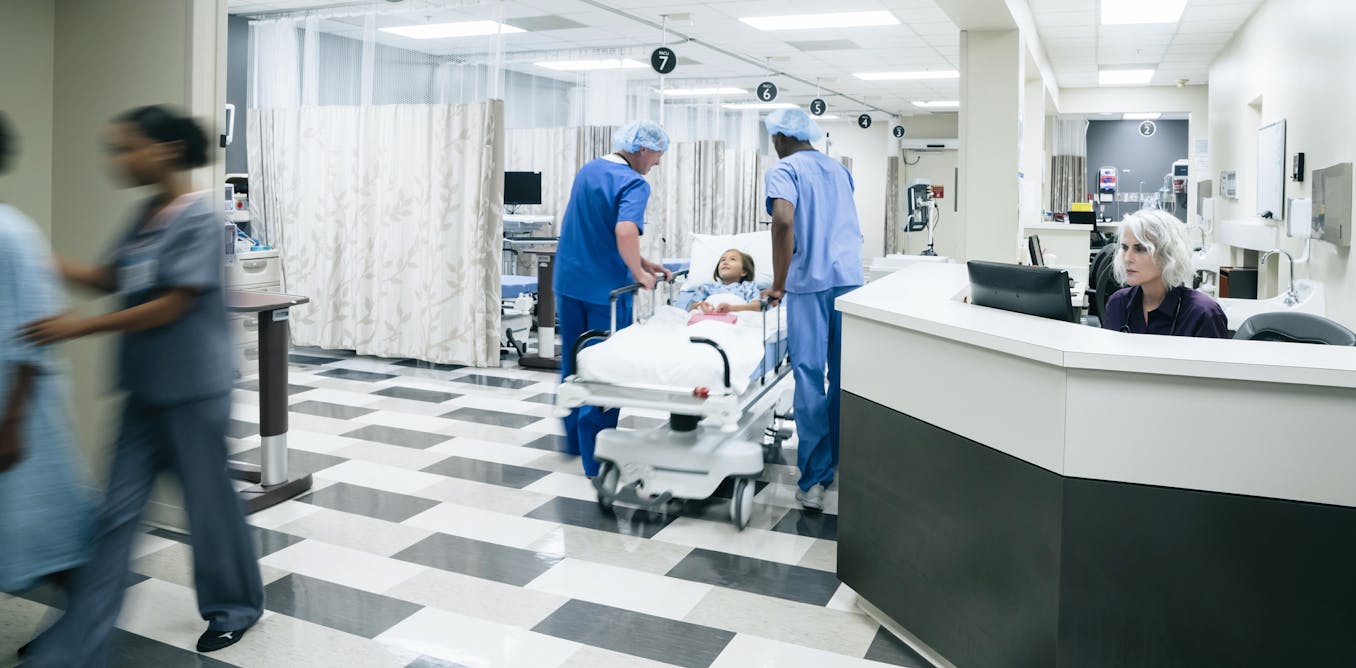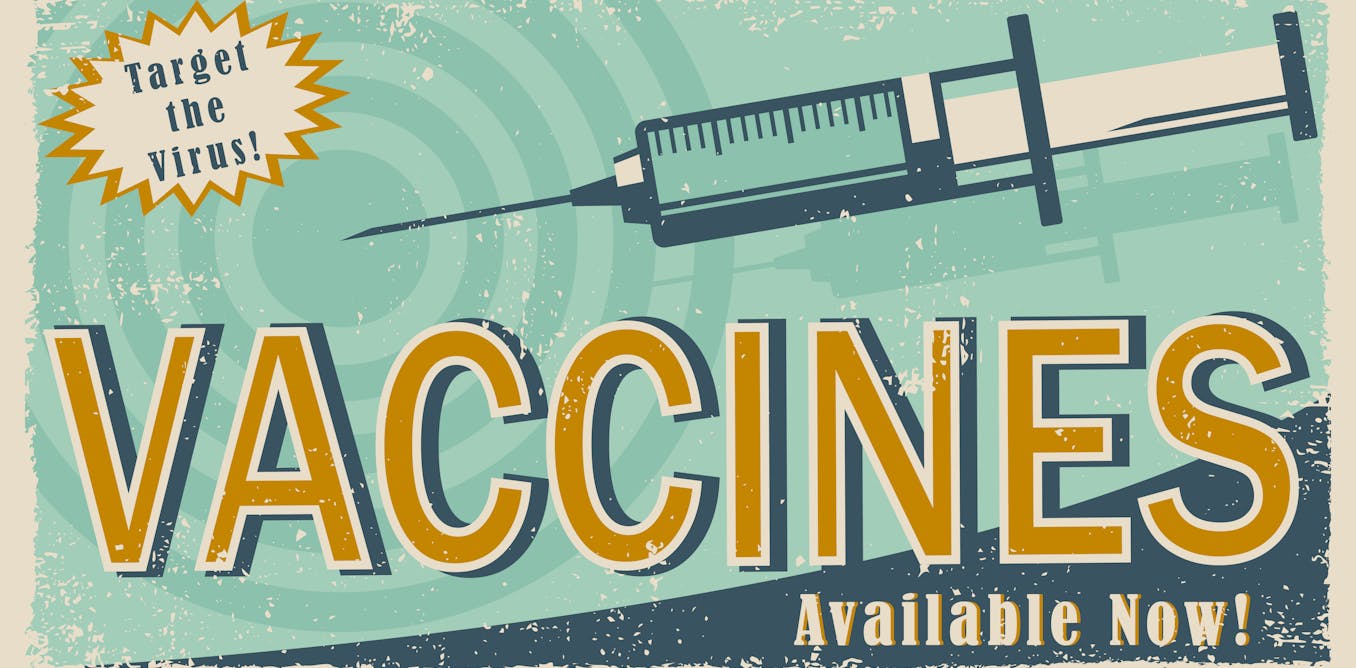For decades, military doctors faced a critical challenge: What’s the best way to safely and effectively deliver oxygen to patients in remote combat zones, rural hospitals or disaster-stricken areas?
Oxygen tanks are heavy, costly and dangerous in combat zones. A direct hit from a missile or a bullet can turn a lifesaving resource into a deadly hazard.
Marine Corps Gen. Ernest T. Cook once said, “Logistics is the hard part of fighting a war.” It goes beyond oxygen. For deployed U.S. troops, the supplies available during combat for treating wounded soldiers can mean the difference between life and death.
The Department of Defense turned to us, military physicians and academic researchers in military medicine at the University of Colorado Center for COMBAT Research, to study whether the military needs to bring oxygen to the battlefield for soldiers – and, if so, how much.
This approach to research is known as a military-civilian partnership. These partnerships aim to save lives on the battlefield. But they also save lives across the U.S. by turning military medical gains into better health care for all.
Innovation and agility
In the civilian world, it takes 17 years on average for a research discovery to change medical practice. One of the most well-known examples of this is the use of tranexamic acid for trauma patients. Tranexamic acid is injected to stop bleeding during surgery or after trauma. It was discovered in 1962 but not approved by the FDA until 1986. It wasn’t used for traumatic bleeding until 2012.
The changing nature of war and threats against U.S. forces require military medicine to move faster. Injuries and infections in combat push researchers to find better ways to save lives, often faster than in civilian health care.
Contributor/Anadolu via GettyImages
At the center, scientists work side by side with military medical teams to study, develop and test solutions tailored for the battlefield.
Whether it’s addressing oxygen use, traumatic brain injuries, burn treatments or trauma care, these partnerships allow military and civilian researchers to translate discoveries into practice rapidly.
Rethinking oxygen
The immediate administration of oxygen to an injured or ill patient has long been a cornerstone of trauma and burn care. The logic seemed simple: When patients are in shock or have severe injuries, their bodies struggle to get enough oxygen, so doctors provided extra.
Our research, and that of others, found that too much oxygen can actually be harmful. Excess oxygen triggers oxidative stress – an overload of unstable molecules called free radicals that can damage healthy cells. That can lead to more inflammation, slower healing and even organ failure.
In short, while oxygen is essential, more isn’t always better.
We conducted a series of military-civilian collaborative trials called Strategy to Avoid Excessive Oxygen, or SAVE-O2. We discovered that severely injured patients often require less oxygen than previously believed. In fact, little or no supplemental oxygen is needed to safely care for 95% of these patients.
This finding challenges decades of conventional medical wisdom. It will reshape how medical professionals approach critical care in not only military settings, but civilian hospitals as well.
Within a year of presenting our findings to military medical leaders, these insights have already influenced changes and updates to patient care guidelines, medic training and even decisions on medical equipment purchases.
To build on our findings, we’ve launched a trial to study the use of artificial intelligence to automate oxygen delivery. This military-funded study could provide better care for wounded soldiers in remote combat zones and for injured civilians in ambulances or rural hospitals before they reach large referral and trauma centers.

John Moore/GettyImages
In rural or remote areas of the U.S., access to supplemental oxygen can be limited due to supply chain challenges, high costs and shortages. This is particularly true in small hospitals and affects first responders after a natural disaster or accident. In the intensive care units of these hospitals, using oxygen more efficiently could preserve limited oxygen supplies for patients who need it.
Prolonged casualty care: A new frontier
While researching oxygen needs in combat zones, we realized another pressing issue: the challenges of prolonged casualty care. During a conflict, military medics often need to treat critically injured soldiers for hours or even days before the wounded person can be evacuated.
In a future conflict with a “near-peer” adversary such as China or Russia, the U.S. may not have the ability to evacuate wounded troops quickly. Without reliable helicopter or airplane transport, many casualties may not reach trauma care within the “golden hour.” This is the critical first 60 minutes after a severe injury, when rapid treatment is essential.
The ongoing war in Ukraine illustrates the challenge of prolonged casualty care. In hospitals across Ukraine, doctors are increasingly having trouble treating the wounds of civilian and military patients because of rising antibiotic resistance.
Future military conflicts in the Indo-Pacific regions will present similar challenges, including long patient transport times and concerns about wound infections due to prolonged casualty care.
However, this challenge isn’t unique to the battlefield. Prolonged casualty care also happens in civilian crises. For example, during a natural disaster, emergency responders must manage patients without quick access to hospitals.
Once patients are treated in the field or in disaster scenarios, providers must often sustain care with limited resources. They have to prioritize essential interventions, minimize resource use and stabilize patients for eventual transfer to higher levels of care.
Innovation in health care thrives on collaboration. Military-civilian partnerships are one way to advance medical solutions faster and more effectively. These innovations save lives in combat, improve care and allow us to apply our 98% survival rate in war to our trauma centers, rural hospitals and disaster zones in the U.S.




